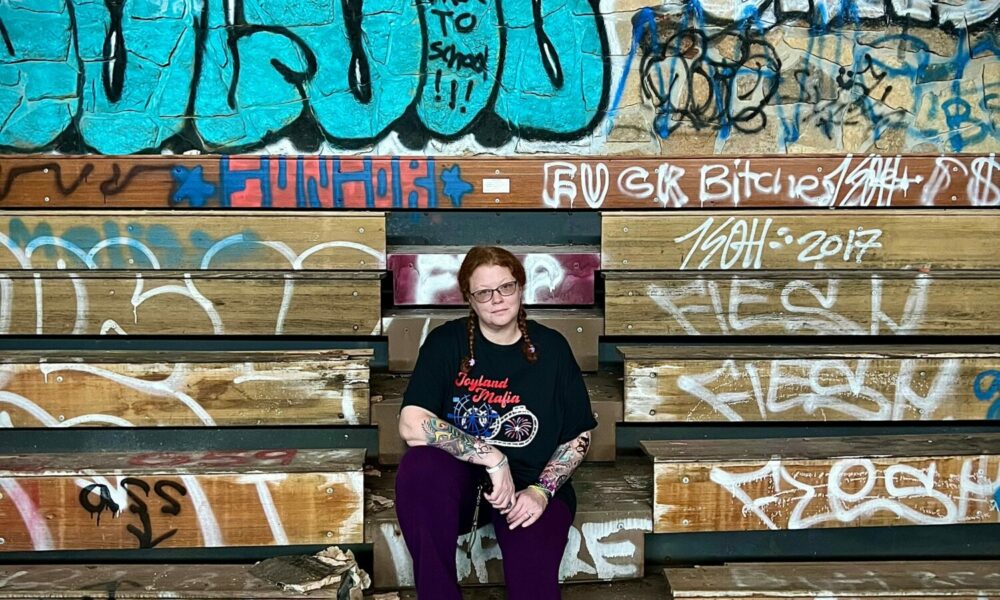

Today, we’d like to introduce you to Regina Daniel.
Hi Regina, so excited to have you on the platform. So before we get into questions about your work life, maybe you can bring our readers up to speed on your story and how you got to where you are today.
In 2014, I saw a show called Forgotten Planet. The first episode was about Pripyat and Picher, Oklahoma. I looked to see that Picher was only 2 1/2 hours away. The following weekend, I went to check out this old mining ghost town. I was bit by the exploring bug.
After that trip, I started researching places in Kansas City. It was in 2016 when I really got into it. I was all over Kansas City. If it was abandoned, I was there, ready to photograph what was left behind. I had been exploring and running my social media accounts for a couple of years when, in late 2018, I was approached about doing an abandoned photography book. I applied and was accepted.
I would go on to do six books (6th book will be released in August 2024) and have traveled through seven states in the Midwest doing abandoned photography. I write about the history of the places I photograph and their current statuses. Many of their current statuses have gotten me into demolition and renovation photography.
We all face challenges, but looking back, would you describe it as a relatively smooth road?
I can’t complain about the road. There will be struggles in every endeavor in life. There have been different struggles in my urban exploration journey; however, the juice has definitely been worth the squeeze.
I’ve experienced some of the typical struggles that one would expect; I’ve come out of places bruised and bleeding, encountered law enforcement a time or two, and even had a couple of guns pulled on me. But then there have been some challenges that I didn’t expect. As someone who recycles, I find it hard to see so many reusable resources that just go to waste. I’ve also met a lot of homeless people staying in the places I go. To date, all of them have been nice people.
Nice people that have fallen on very hard times. The challenge here is that I want to help. I want to make their lives better, but I don’t have the financial means to do that. So, I do what is in my power by treating them with respect and respecting their space and privacy. It’s a challenge not to become cynical when we are the richest country in the world, and so many people don’t have basic human needs while so much is wasted.
As you know, we’re big fans of you and your work. For our readers who might not be as familiar with what you do, what can you tell them about what you do?
I specialize in abandoned building photography. Rural or urban, if it is abandoned, I want to take its picture and tell the story. I am very proud of having traveled to all the places I have and the books I’ve written, but I am most proud that I am a part of persevering history.
Once a place is gone and something new replaces it, I get to help keep these old places from fading away from the city’s history. I don’t know what sets me apart from others. I try not to compare myself to others because we all have our own different agendas. Some go for the thrill of getting in, some go for graffiti art, and some go just to the rooftop; despite our different agendas, we all have the common ground of loving these abandoned places.
What do you like best about our city? What do you like least?
There’s so much to love. It’s like picking a favorite child. You love them all, but for different reasons. I love the art of many of the historical buildings. So much goes unnoticed because everyone is always on their way somewhere, and they are too busy to look. Once I started paying attention, I noticed that there was so much hand-crafted beauty in these historical buildings, from decorative terracotta pieces and facades to beautiful stained glass windows and intricate hand-carved stonework.
What do I like least? That’s a much easier answer, and it’s gentrification. Much of the work I do is in lower-income neighborhoods, and it burns me up inside to see expensive shops/boutiques and apartment buildings being built in these neighborhoods. These neighborhoods need grocery stores, medical centers, and open schools. Not boutiques that are unaffordable. Not expensive apartments and housing editions. But despite these basic needs, KC has managed to become unaffordable for most. This is when long-time residents, as well as people who struggle financially, get pushed out of their own neighborhoods.
I feel our city is so focused on expansion and development that they don’t care about the low-income and marginalized people and communities that are going to fall through the cracks. Yeah, steps have been made for low-income individuals, like a certain percentage of housing, which, by law, has to be affordable, but this is a small percentage, leaving a majority of the community out. What’s to happen to the majority of these marginalized communities? I’ve yet to get an answer to this question.
Contact Info:
- Instagram: @Redvixenphotography
- Facebook: https://www.facebook.com/RedVixPhotography
- Other: https://www.amazon.com/stores/author/B09DDGG28G
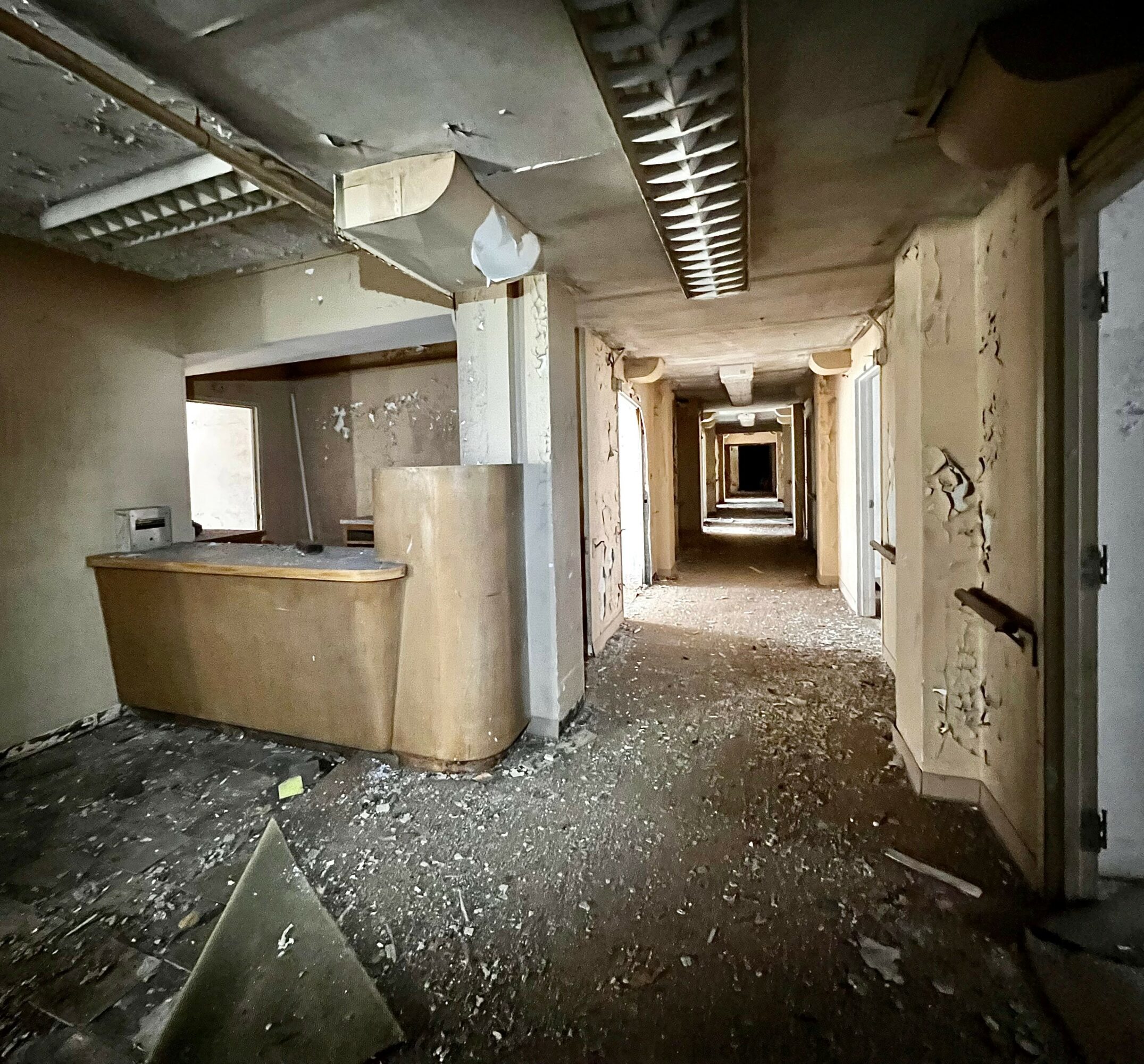
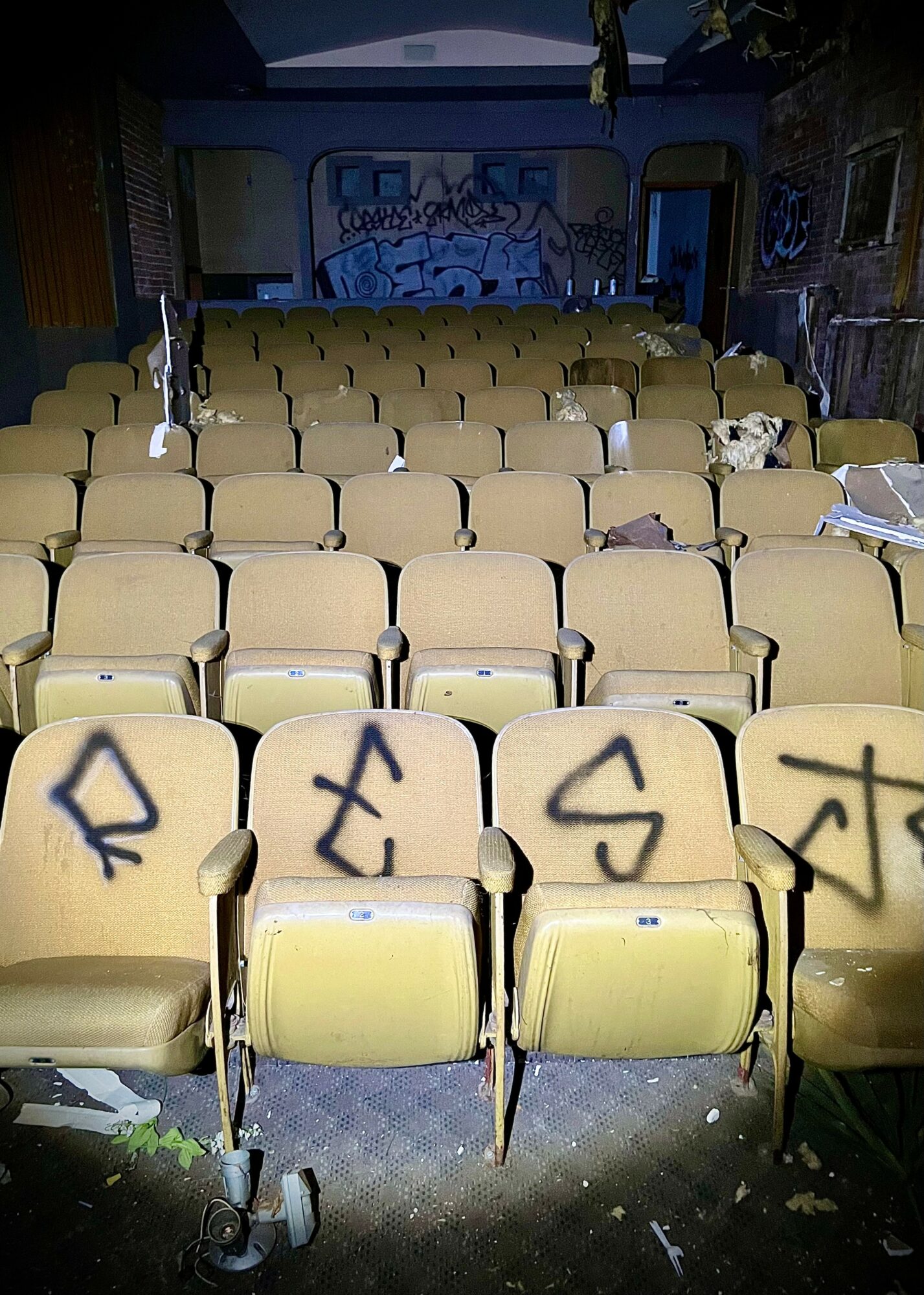
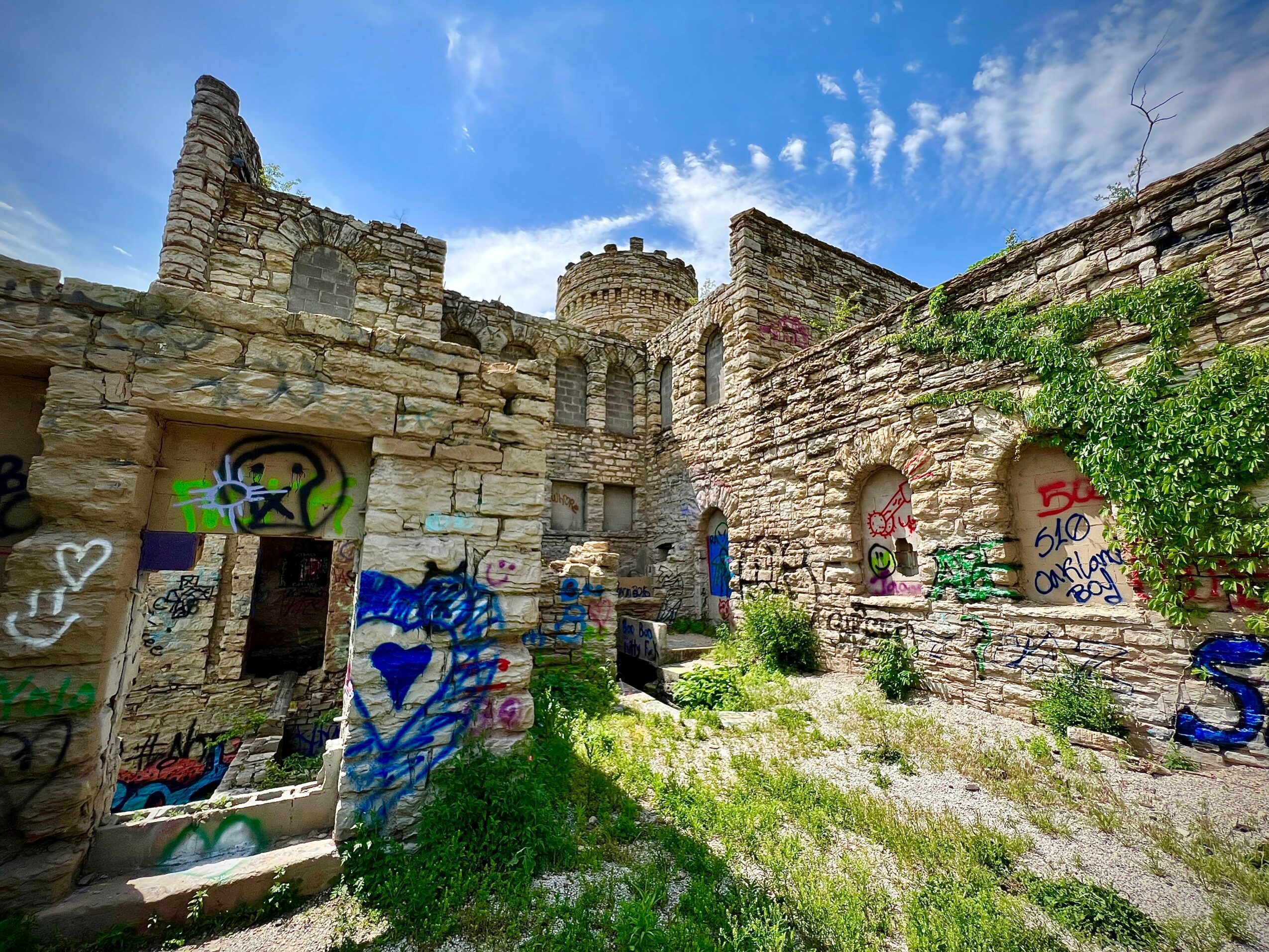
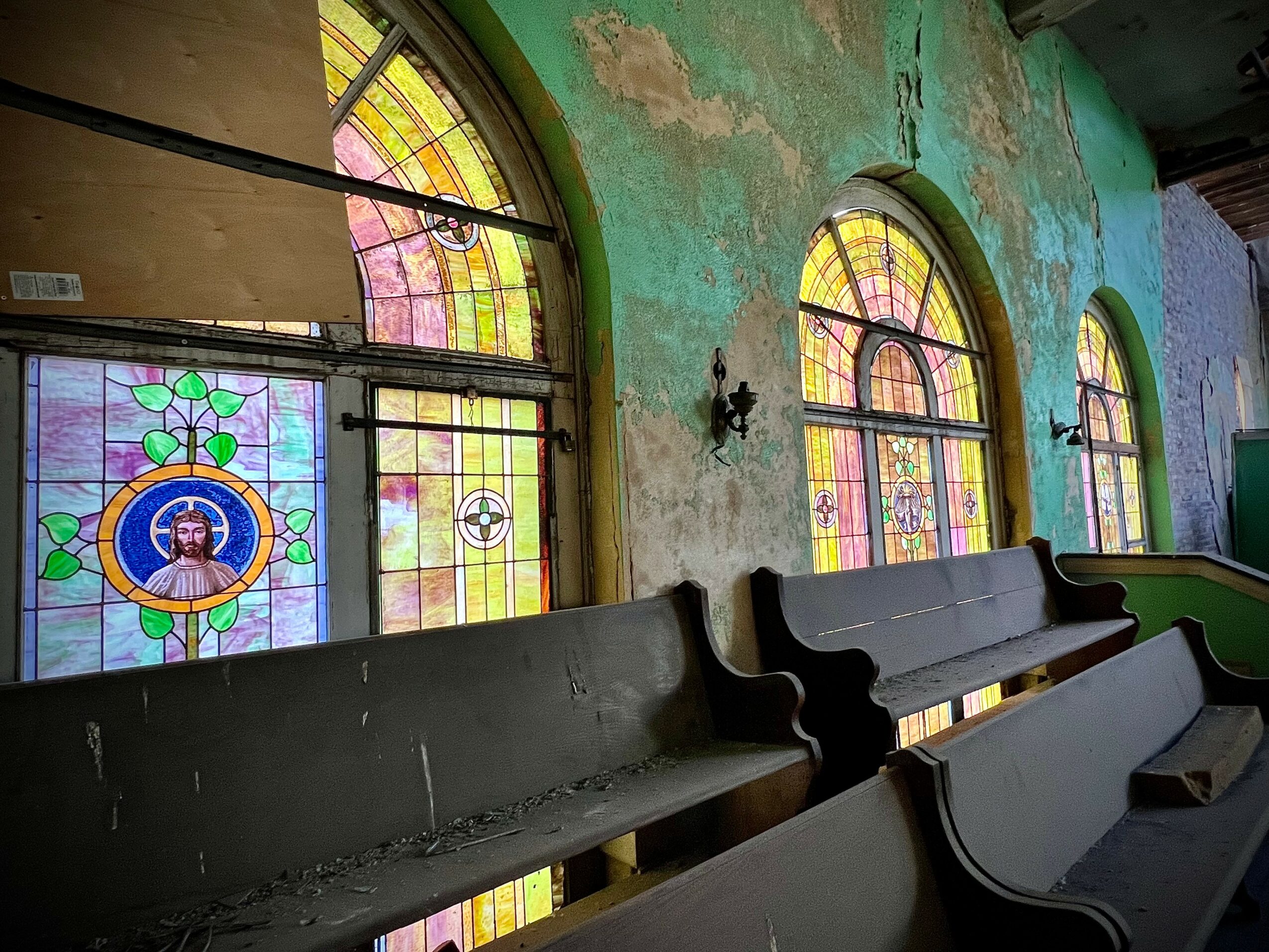
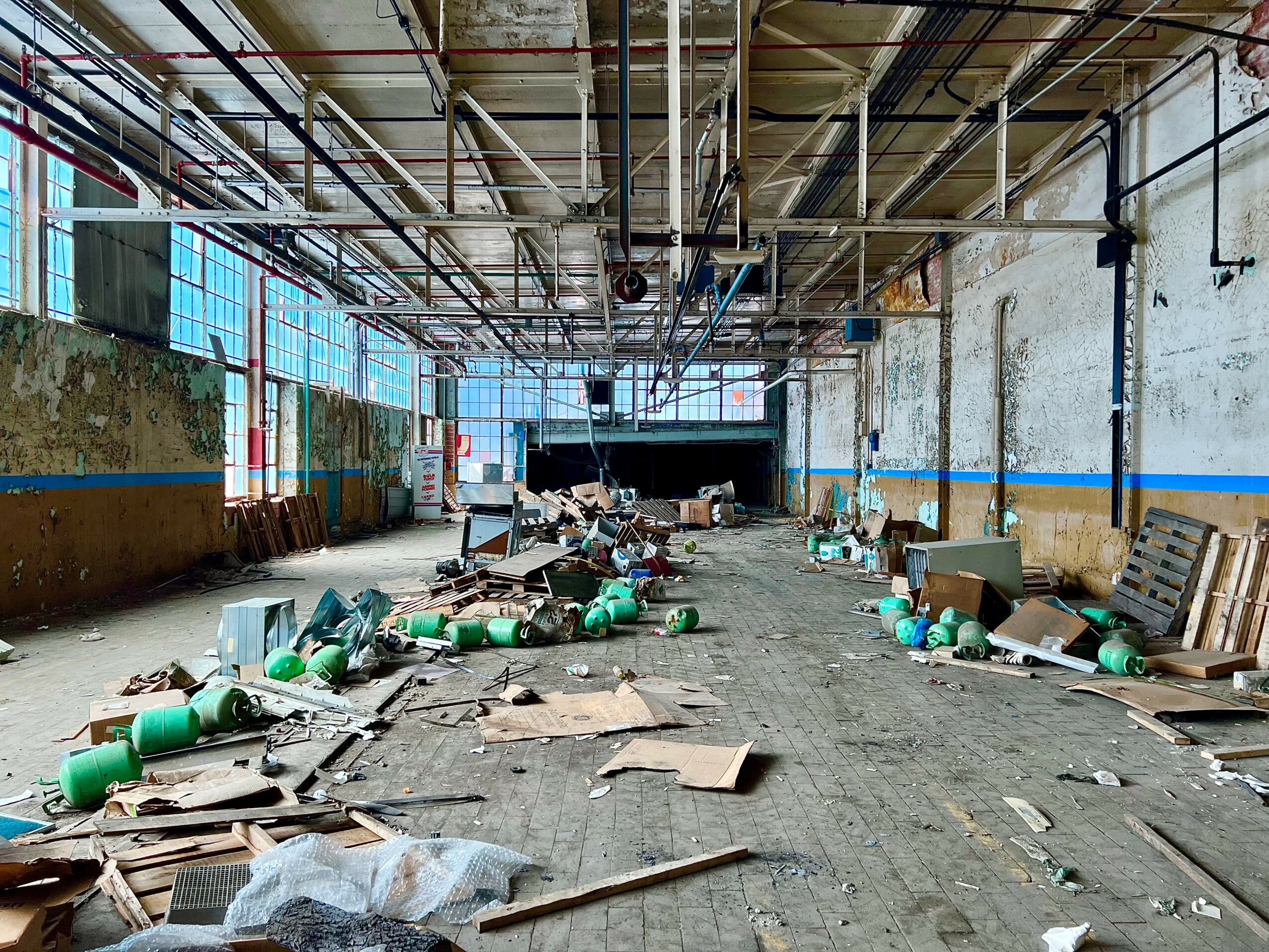
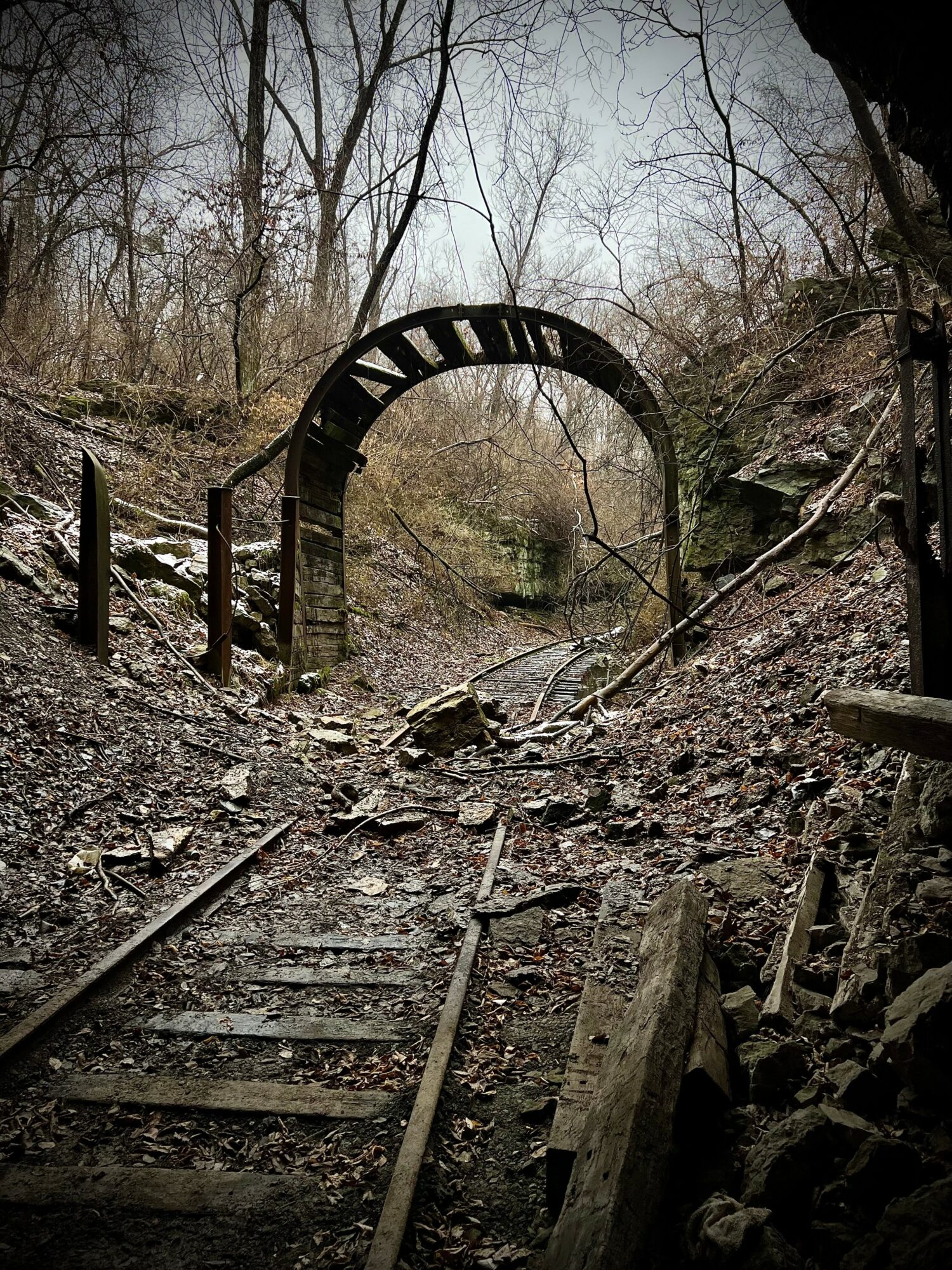
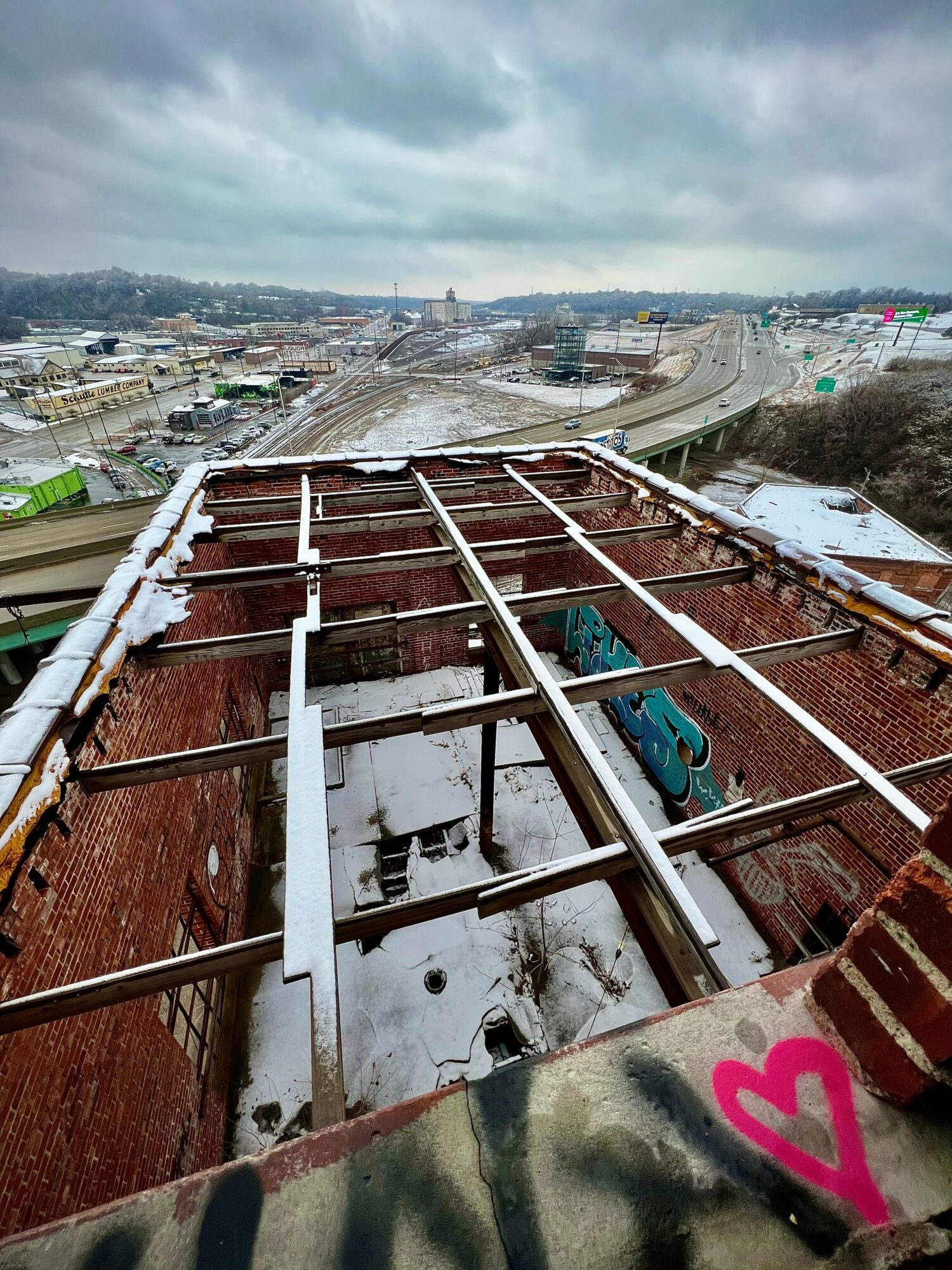
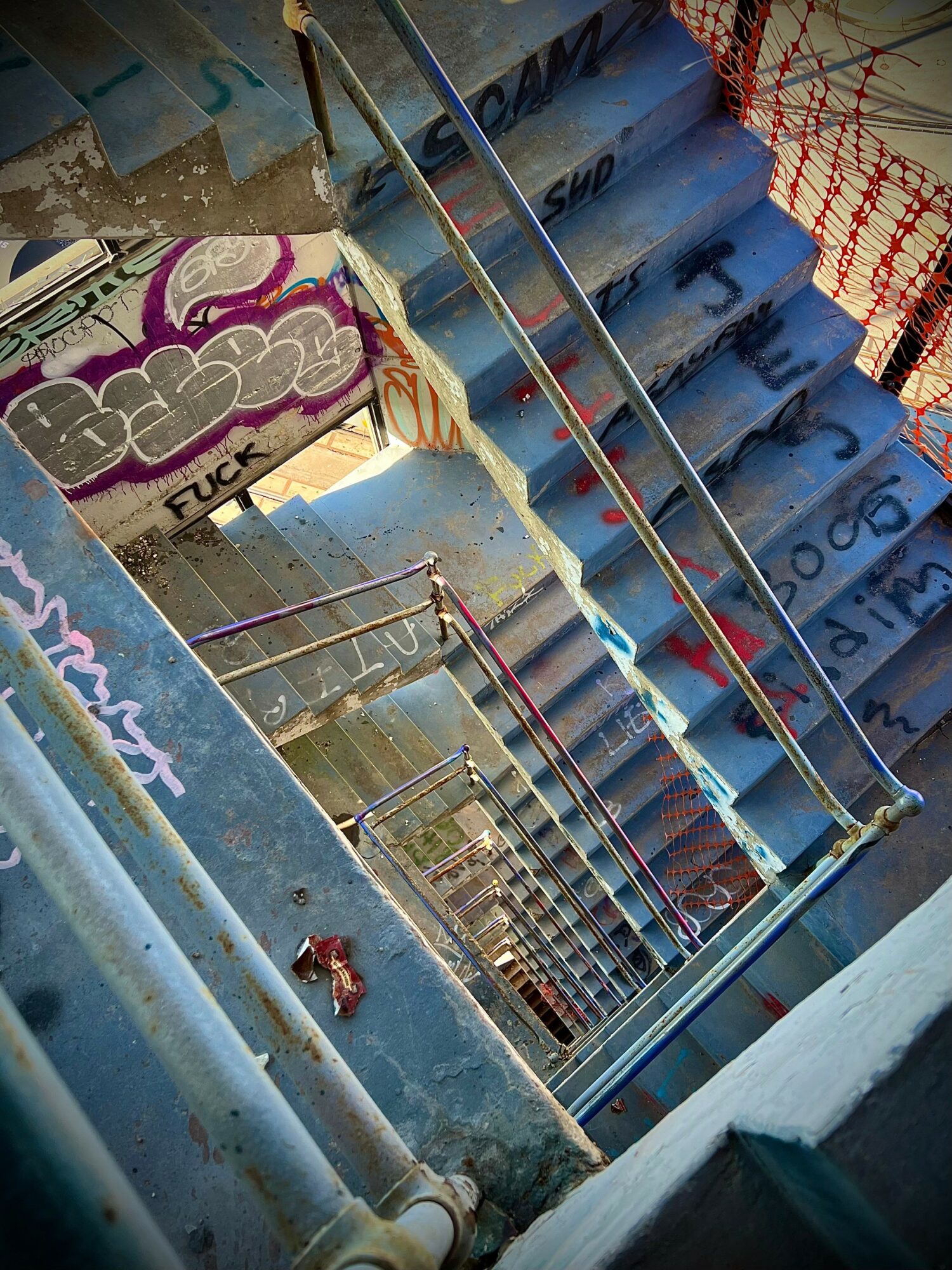 Image Credits
Image Credits
Featured image by Tori Andersson
All photos by Regina Daniel












